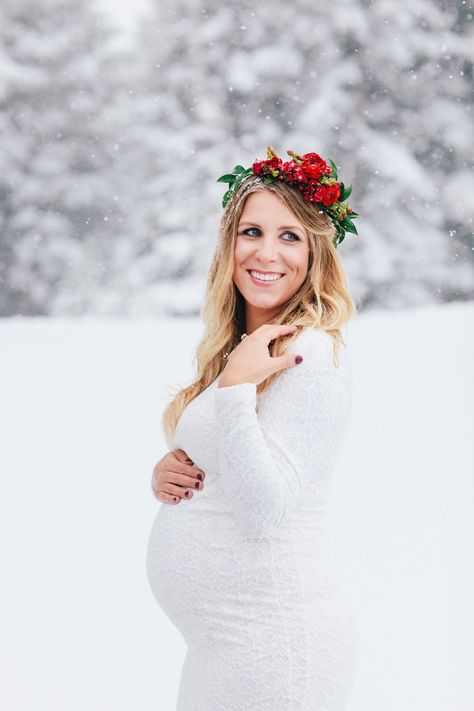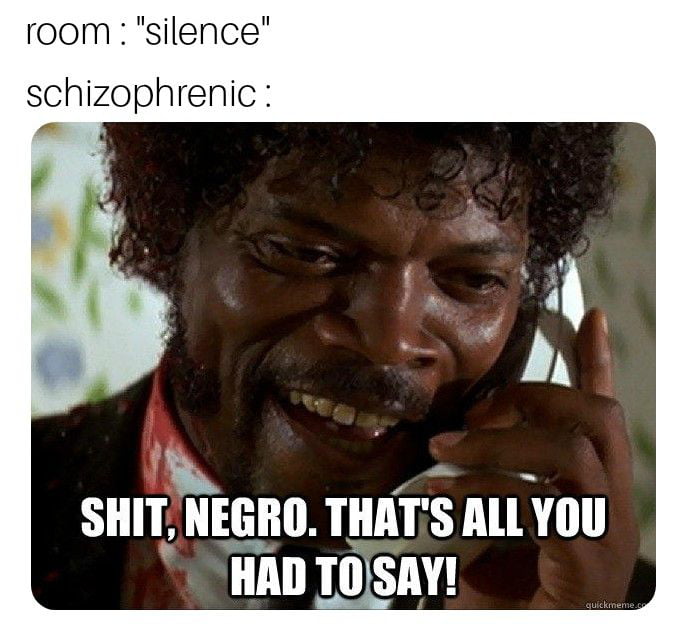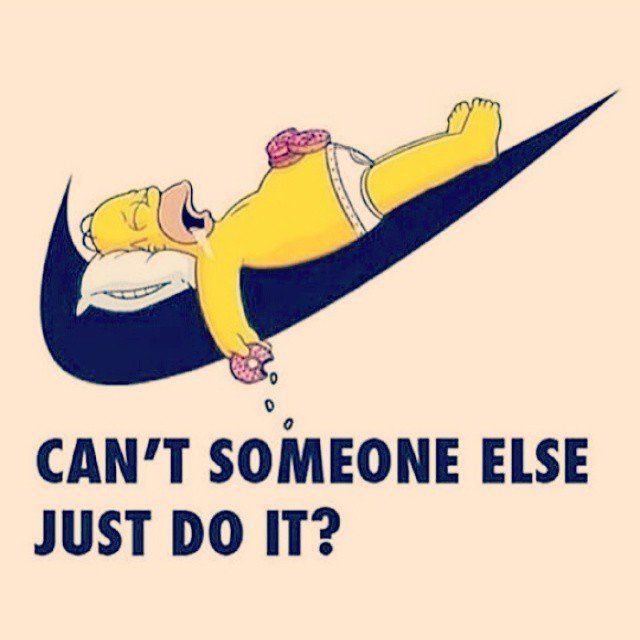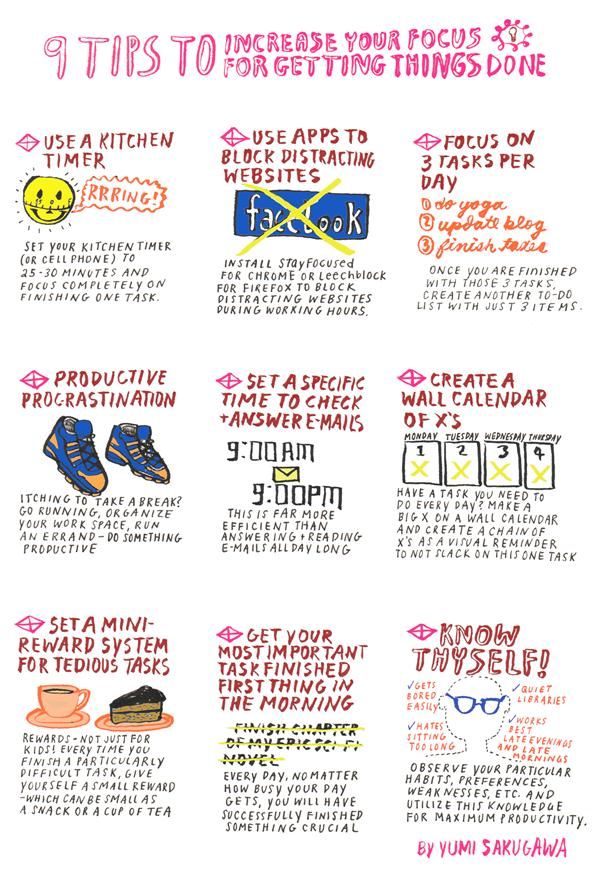Development three year old
Development Milestones for Your 3-Year-Old Child
To help understand your 3-year-old‘s development, doctors use certain milestones to tell if your child is developing as expected. There is a wide range of what is considered normal, so some children gain skills earlier or later than others. Toddlers who were born prematurely may reach milestones later. Always talk with your doctor about your child’s progress.
Children at this age love to play games of make-believe. However, their imaginations can sometimes run away with them and even spook them. Listen to your child’s fears and be there to comfort and reassure him or her when needed. There are many other 3-year-old developmental areas and milestones that will be reviewed in this article.
How Much Will My 3-Year-Old Child Grow?
In 3-year-olds, growth is still slow compared to the first year. Most children have become slimmer and lost the rounded tummy of a toddler. While all children may grow at a different rate, the following indicate the average for 3-year-old boys and girls:
- Weight: average gain of about 4 to 6 pounds per year
- Height: average growth of about 2 to 3 inches per year
After age 2, children of the same age can noticeably vary in height and weight. Although kids come in all shapes and sizes, a healthy toddler should continue to grow at a regular pace. The doctor will measure and weigh your child at routine checkups and plot the results on a growth chart. This lets the doctor track your child’s growth over time and spot any trends that need attention. As long as your child is maintaining his or her own rate of growth, there should be no reason to worry. A consultation with your child’s pediatrician is recommended if there is cause for concern.
Helping Kids Grow
Normal growth — supported by good nutrition, plenty of sleep and regular exercise — is one of the best overall indicators of a child’s good health.
Your toddler’s appetite may vary greatly now, which is common. It is also common for some toddlers to get stuck on one food. Food “jags” usually don’t last long if you don’t give in to them. Keep serving a variety of nutritious foods and let your child decide which and how much of them to eat, in order to build healthy eating habits.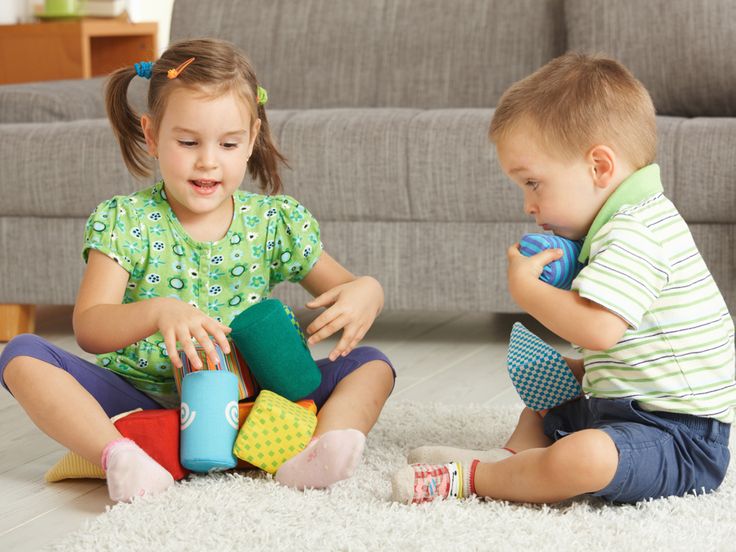
Your child’s growth pattern is largely determined by genetics. Pushing children to eat extra food or more than the recommended amounts of vitamins, minerals or other nutrients will not increase their weight. Malnutrition, severe enough to affect growth rate, is uncommon today in the United States and other developed countries unless a child also has a related chronic illness or disorder.
What Can My 3-Year-Old Child Do at This Age?
As your child continues to grow, you will notice new and exciting abilities that develop. While children may progress at different rates, the following are some of the common milestones your child may reach in this age group:
- Runs and jumps easily
- Walks upstairs unassisted
- Rides a tricycle
- Washes and dries hands
- Stacks 10 blocks
- Easily draws straight lines and copies a circle
- Can stand on tip-toes
- Uses spoon well and feeds self
- Dresses and undresses self except for buttons and laces
- Can concentrate on tasks for eight or nine minutes
- Has all 20 primary (“baby”) teeth
- Vision is nearing 20/20
- Bladder and bowel control are usually established; uses potty chair or toilet
- May sleep 11 to 13 hours total, may still take a short afternoon nap
What Can My 3-Year-Old Child Say?
Speech development is very exciting as you watch your child begin to speak clearly and interact with others. While every child develops speech at his or her own rate, the following are some of the common milestones in this age group:
While every child develops speech at his or her own rate, the following are some of the common milestones in this age group:
- Should be able to say about 500 to 900 words between ages 3 to 4 years old
- Speech can be understood by others
- Speaks in two or three word sentences and progresses to four- to five-word sentences
- Can remember simple rhymes or lyrics
- Uses “please” and “thank you”
- Refers to self by using own name
- Names colors
What Does My 3-Year-Old Child Understand?
While children may progress at different rates, the following are some of the common milestones your child may reach in this age group:
- Understands size differences (such as, big and little)
- Understands past tense (yesterday)
- Understands long sentences
- Understands prepositions (on, under, behind)
- Uses pronouns correctly (such as, I, you, he and me)
- Asks “why” constantly
- Counts up to four objects by 4 years old
- Says full name and age
- May have fears of certain things (for example, dark, monster under bed and going down the drain)
- Attempts to solve problems
- Remembers certain events
- Can point to the correct picture when asked a simple question about it
How Does My 3-Year-Old Child Interact With Others?
While every child is unique and will develop different personalities, the following are some of the common behavioral traits that may be present in your child:
- Begins to share and likes to play with other children
- Can take turns
- Temper tantrums are less frequent
- Begins to show feelings in socially acceptable ways
Physical Activities for 3-Year-Olds
At this age, your child is extremely active, mobile and learning in very physical ways. Children at this age are walking, running, kicking and throwing. They are exploring their world and picking up new skills, like kicking a ball or riding a tricycle.
Children at this age are walking, running, kicking and throwing. They are exploring their world and picking up new skills, like kicking a ball or riding a tricycle.
3-year-olds are naturally active, so be sure to provide ample chances for your child to practice and build on these skills. How much is enough? Physical activity guidelines for toddlers recommend that each day they:
- Get at least 30 minutes of structured (adult-led) physical activity.
- Get at least 60 minutes of unstructured (active free play) physical activity.
- Not be inactive for more than 1 hour at a time except when sleeping.
Family Fitness Tips
Walking, playing, exploring your backyard or using playground equipment at a local park can be fun for the entire family. Also, these games provide fun and fitness for parents and toddlers:
- Walk like a penguin, hop like a frog or imitate other animals’ movements.
- Sit facing each other and hold hands.
 Rock back and forth and sing the song “Row, row, row your boat.”
Rock back and forth and sing the song “Row, row, row your boat.” - Bend at the waist and touch the ground. Walk your hands forward and inch along like a caterpillar.
- Sit on the ground and let your child step over your legs, or make a bridge with your body and let your child crawl under.
- Play follow the leader, “Ring around the rosy,” and other similar games.
- Listen to music and dance together.
The possibilities are endless — come up with your own active ideas or follow your child’s lead. Focusing on these activities can also help limit the amount of time your child spends watching TV or playing on a computer, tablet or smartphone.
How Long Should My 3-Year-Old Sleep?
A 3-year-old needs about 11-13 hours of sleep total. They may still take a short nap throughout the day, but a child can outgrow naptimes at this age. They do not need exact sleep times, but it is important to help children develop good, consistent habits for going to sleep. A bedtime routine is a great way to help your 3-year-old get enough sleep. Here are some tips when creating a routine:
A bedtime routine is a great way to help your 3-year-old get enough sleep. Here are some tips when creating a routine:
- Avoid caffeine or sugar before bed
- Limit food and drink before bedtime
- Include a winding-down period during the half hour before bedtime
Check out our Healthy Sleep for Children for more info.
How Can I Help Increase My 3-Year-Old Child’s Learning And Emotional Security?
Consider the following as ways to foster the emotional security of your 3-year-old:
- Spend time allowing your child to talk with you
- Teach your child how things work
- Encourage play with other children
- Encourage your child to tell you stories
- Listen to your child and show that you are pleased by your child’s talking
- Let your child do as much as possible for himself or herself when getting dressed, brushing teeth, and combing hair
- Have your child help with simple chores such as picking up toys
- Give your child old clothes for “dress up” and allow him or her to pretend being a mom, dad, doctor, cowboy and the like (old sheets or towels can become skirts, capes or turbans.
 You can also pretend you are an elephant, butterfly, robot or other characters and play with your child)
You can also pretend you are an elephant, butterfly, robot or other characters and play with your child) - Sing songs or nursery rhymes and teach your child the words
- Read stories with your child and ask your child to name pictures in the stories or retell part of the story
- Help your child play with crayon and paper or chalk and chalkboard by showing how to draw circles and lines and then put them together to make a stick figure (make figure faces that are happy, sad or surprised, and talk about the different feeling shown in each picture)
- Let your child build things out of blocks or boxes
- Give your child a safe space to ride a tricycle
- Listen to children’s music with your child and dance
- Practice counting with your child
- Give your child the chance to play games with other children (church groups, YWCA or YMCA recreation centers, or libraries often have preschool programs)
- Put puzzles together with your child
- Let your child have pretend playtime with dolls, cars or toy cooking utensils
- Play hide and seek and follow the leader
- Let your child use his or her imagination by playing with play dough or clay
- Trace your child’s hand or whole body and make a picture
- Show your child you are proud of any artwork and hang it up for display
- Teach your child colors
- Play ball with your child (such as tossing a ball into a box or rolling the ball up and down an incline)
Reviewed by Dr. Toya Tillis, Pomona Pediatrics, CHOC Primary Care – June 2021
Toya Tillis, Pomona Pediatrics, CHOC Primary Care – June 2021
Cognitive, Language, and Motor Skills
Written by Hedy Marks
Reviewed by Renee A. Alli, MD on December 19, 2020
In this Article
- 3- to 4-Year-Old Development: Language Milestones
- 3- to 4-Year-Old Development: Cognitive Milestones
- 3- to 4-Year-Old Development: Movement Milestones
- 3- to 4-Year-Old Development: Hand and Finger Skills
- 3- to 4-Year-Old Development: Emotional and Social Milestones
- 3- to 4-Year-Old Development: How to Help Your Child
- 3- to 4-Year-Old Development: How to Keep Your Child Safe
- 3- to 4-Year-Old Development: When to Be Concerned
Congratulations, you have survived the "terrible twos!" Hopefully, you have energy left to enjoy what lies ahead for you and your preschooler. They call the next few years the "magic years" -- partly because it seems like magic that your child is finally listening to you and partly because for your child, it is a time for their imagination to run wild.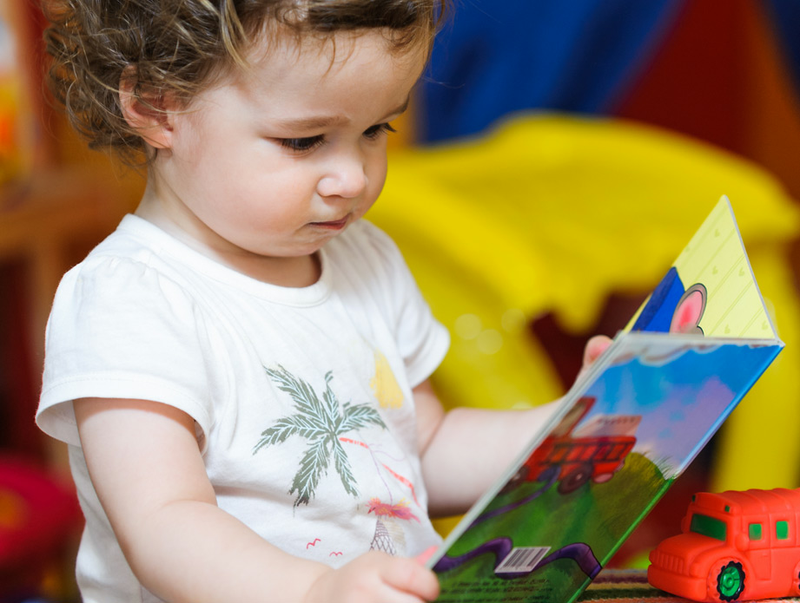
Your 3- to 4-year-old child will continue to grow and develop in many ways in the coming year. Although children reach developmental milestones at different times, your child will likely achieve the following developmental milestones before they turn 5.
3- to 4-Year-Old Development: Language Milestones
If your child is not very talkative, that will likely change soon. Between or at ages 3 and 4, your child should be able to:
- Say their name and age
- Speak 250 to 500 words
- Answer simple questions
- Speak in sentences of five to six words, and speak in complete sentences by age 4
- Speak clearly, although they may not be fully comprehensible until age 4
- Tell stories
3- to 4-Year-Old Development: Cognitive Milestones
Your child will start asking lots of questions. "Why is the sky blue? Why do birds have feathers?" Questions, questions, and more questions! While it may be annoying at times, asking questions is a normal developmental milestone.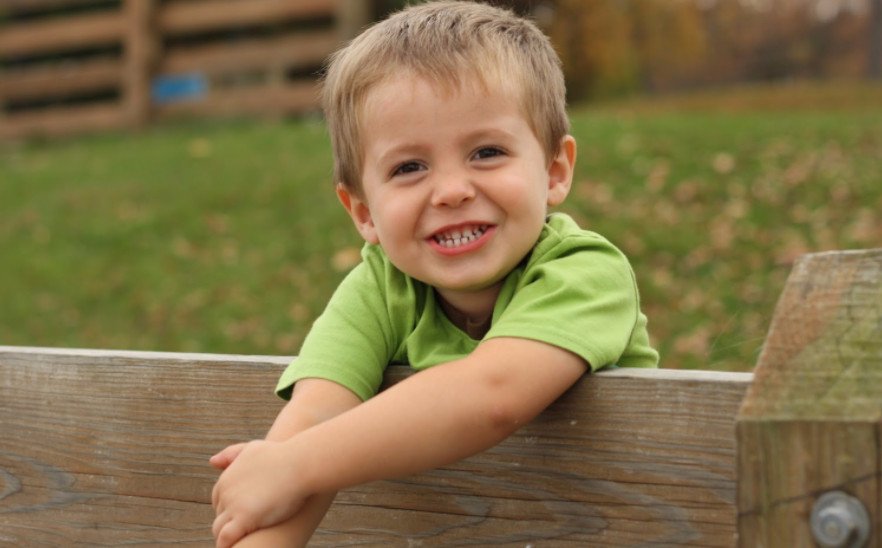 In addition to asking "why?" all the time, your 3- to 4-year-old should be able to:
In addition to asking "why?" all the time, your 3- to 4-year-old should be able to:
- Correctly name familiar colors
- Understand the idea of same and different, start comparing sizes
- Pretend and fantasize more creatively
- Follow three-part commands
- Remember parts of a story
- Understand time better (for example, morning, afternoon, night)
- Count, and understand the concept of counting
- Sort objects by shape and color
- Complete age-appropriate puzzles
- Recognize and identify common objects and pictures
3- to 4-Year-Old Development: Movement Milestones
Your busy preschooler continues to be on the move. Between or at ages 3 and 4, your child should be able to:
- Walk up and down stairs, alternating feet -- one foot per step
- Kick, throw, and catch a ball
- Climb well
- Run more confidently and ride a tricycle
- Hop and stand on one foot for up to five seconds
- Walk forward and backward easily
- Bend over without falling
- Help put on and remove clothing
3- to 4-Year-Old Development: Hand and Finger Skills
Your child is becoming much more nimble.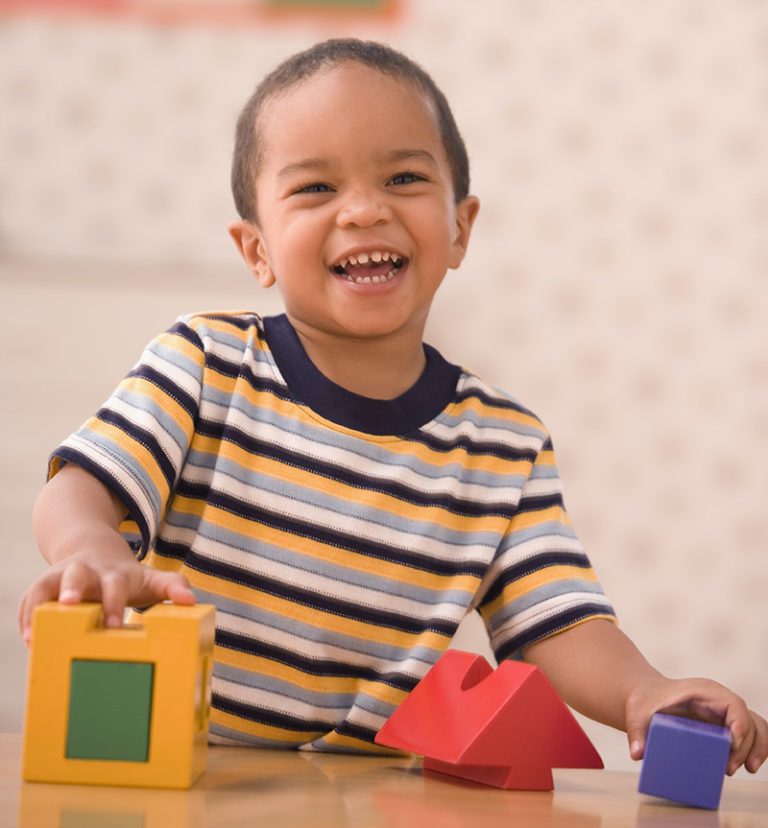 At this point in their development, your child should be able to:
At this point in their development, your child should be able to:
- More easily handle small objects and turn a page in a book
- Use age-appropriate scissors
- Copy circles (3) and squares (4)
- Draw a person with two to four body parts
- Write some capital letters
- Build a tower with four or more blocks
- Dress and undress without your help
- Screw and unscrew jar lids
- Turn rotating handles
3- to 4-Year-Old Development: Emotional and Social Milestones
Your 3- to 4-year-old is not only becoming more independent physically, but also emotionally. You may start to notice fewer tantrums when you leave your child with a sitter or at preschool.
In addition, your 3- to 4-year-old is becoming more social. Your child may now be able to cooperate with their friends, take turns, and may begin to show some problem-solving skills.
At this point in development, your child should be able to:
- Imitate parents and friends
- Show affection for familiar family and friends
- Understands the idea of "mine" and "his/hers"
- Show a wide range of emotions, such as being sad, angry, happy, or bored
In addition, you may notice your child's imagination is in overdrive.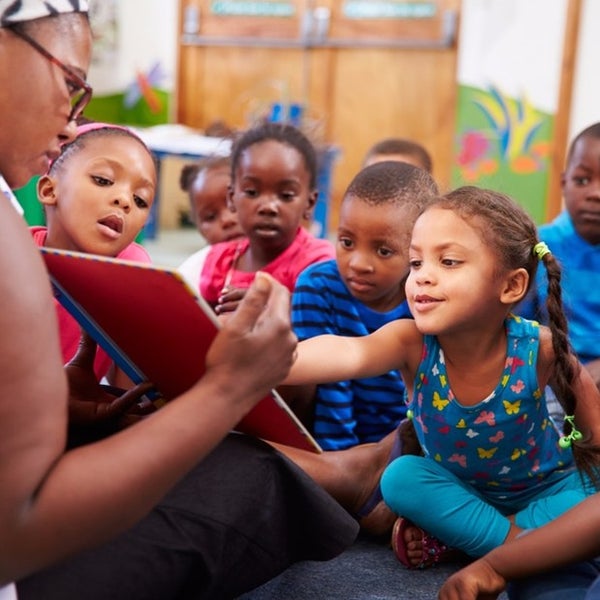 This can be good and bad. Fantasy and pretend play becomes more interesting and involved, but your child may also start developing unrealistic fears, such as believing a monster is lurking in the closet.
This can be good and bad. Fantasy and pretend play becomes more interesting and involved, but your child may also start developing unrealistic fears, such as believing a monster is lurking in the closet.
3- to 4-Year-Old Development: How to Help Your Child
There’s a ton you can do every day to help your child learn and grow, such as:
- Allow your child to make simple choices, like what to wear or what to play.
- Give plenty of time for your kid to be active, and play games together like tag.
- Let your child do some self-care on their own, like getting dressed, using the bathroom, and brushing teeth.
- Practice counting and singing simple songs, like the ABCs.
- Read to your child every day.
- Set time to play with other kids -- let them work out conflicts on their own, but step in when needed.
- Suggest activities like drawing and making art with paper, scissors, and glue.
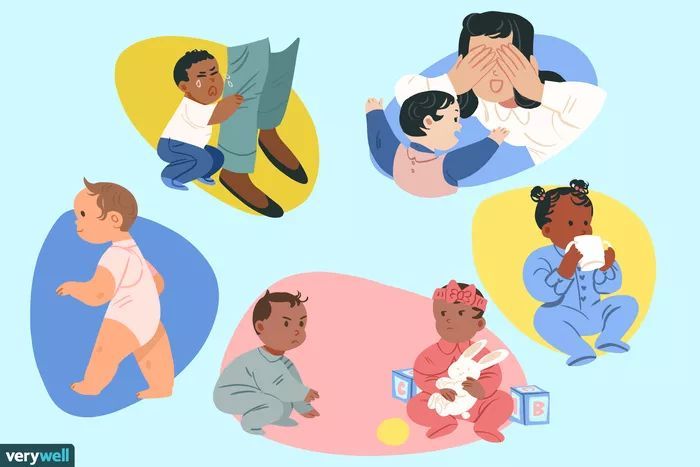
- Talk to your child -- patiently answer questions and help them express their feelings.
- Teach your child how to make up after hurting someone’s feelings.
And when it comes to TVs, smartphones, computers, and tablets, doctors suggest that you:
- Keep technology out of bedrooms.
- Limit screen time to 1 hour a day of high-quality programs.
- Talk about what you watch together and how it applies to the world.
3- to 4-Year-Old Development: How to Keep Your Child Safe
All these new skills are exciting. You need to let your child explore, but you also need a watchful eye, especially when it comes to common dangers likes falls, burns, poisons, and strangers.
Here are some tips to keep in mind:
- Always wear helmets on bikes, tricycles, and other riding toys.
- Check the height and weight limits of your child’s car seat -- when your child outgrows it, use a booster seat.
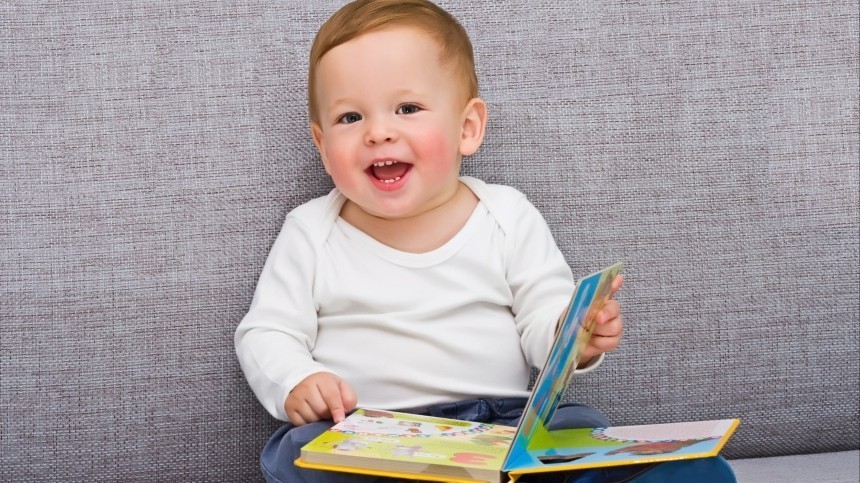
- Don’t keep guns in your home. If you have a gun, keep it unloaded, locked away, and separate from bullets. And make sure children can’t get the key.
- Let your child explore, but guard against falls, especially around playgrounds, doors, windows, and stairs.
- Keep an eye out when playing near streets and driveways.
- Use caution in the kitchen -- spills, splatters, and hot surfaces can all cause serious burns.
- Watch your child at all times when in or around water -- and think about signing your kid up for swimming lessons.
- Discuss caution around strangers.
You’ll also find that your child can reach drawers, cabinets, and countertops that used to be considered safe. Make sure medicines, cleaning products, and even small household objects that can be swallowed -- like magnets and batteries -- can’t be seen or reached.
This is also the age to make sure your child knows what to do around strangers. Teach your child their full name, address, and phone number.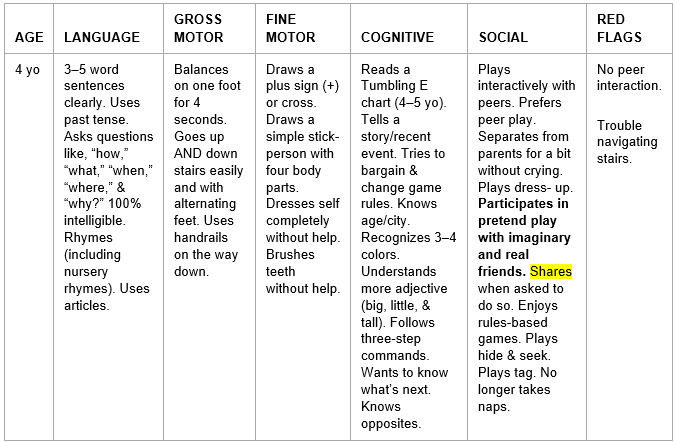 Also, let your child know to ask only certain adults for help, like people with uniforms or name badges. And tell your child:
Also, let your child know to ask only certain adults for help, like people with uniforms or name badges. And tell your child:
- No one can ask you to keep a secret from your parents.
- No one can ask you to see or touch your private parts -- the parts that a bathing suit covers.
- No one can ask you to look at, touch, or help with their private parts.
3- to 4-Year-Old Development: When to Be Concerned
All kids grow and develop at their own pace. Don't worry if your child has not reached all of these milestones at this time. But you should notice a gradual progression in growth and development as your child gets older. If you don't, or if your child has signs of possible developmental delay, as listed below, talk to your child's doctor.
Signs of developmental delay in 3- to 4-year-old children include:
- Inability to throw a ball overhand, jump in place, or ride a tricycle
- Frequent falling and difficulty walking stairs
- Inability to hold a crayon between their thumb and fingers; has trouble scribbling and cannot copy a circle
- Unable to use a sentence with more than three words and uses "me" and "you" inappropriately
- Persistent drooling and trouble speaking
- Cannot stack four blocks and has trouble handling small objects
- Continues to experience extreme separation anxiety
- Lacks interest in interactive games and doesn't engage in fantasy play
- Does not play with other children and doesn't respond to non-family members
- Self control isn't improving when angry or upset
- Does not understand simple commands, or repeats the commands
- Avoids making eye contact
- Resists getting dressed, sleeping, and going to the bathroom
Also, if you notice your child resisting or struggling with doing things that they were once able to do, tell your child's doctor.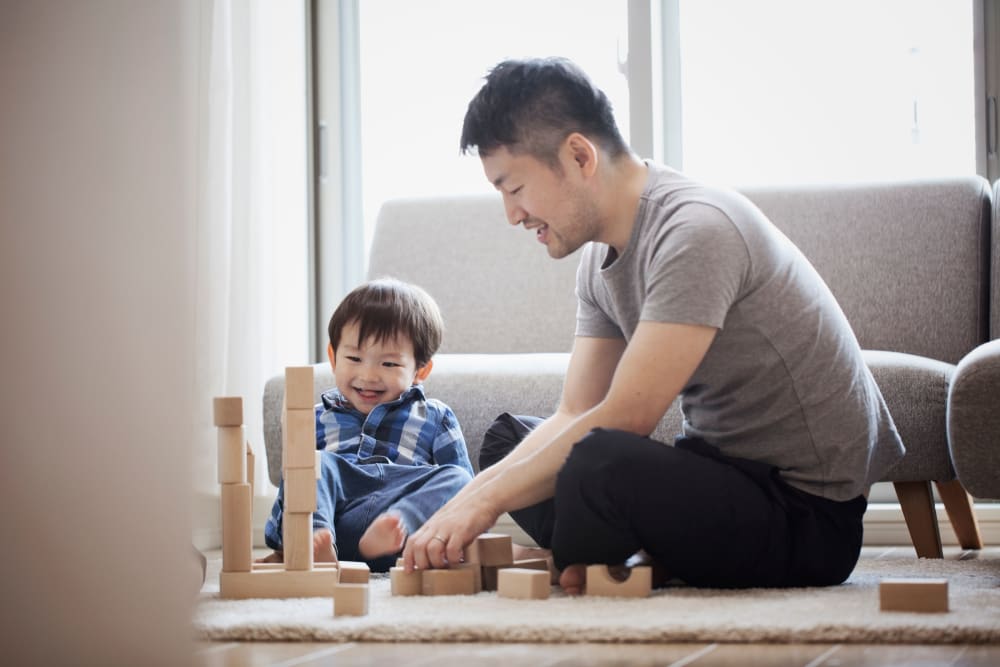 This can be a sign of a developmental disorder. If your child does have developmental delay, there are many treatments available to help your child.
This can be a sign of a developmental disorder. If your child does have developmental delay, there are many treatments available to help your child.
Development of children 3-4 years old
3672
Three years is an important milestone in a child's development. At this age, the baby begins to realize his autonomy, individuality, strives for independence, requires others to respect his personality. The birth of "I" is often accompanied by a number of negative manifestations: stubbornness, whims, obstinacy. Such changes in the behavior and personality of the child are called the “crisis of 3 years”. At this age, it is important for parents to treat the child's wishes with understanding and patience, not to suppress his activity and initiative, to be able to negotiate and demonstrate to the child constructive ways to resolve conflicts. Rigid suppression of the will of the child in the future can lead to anxiety, passivity, dependence on others.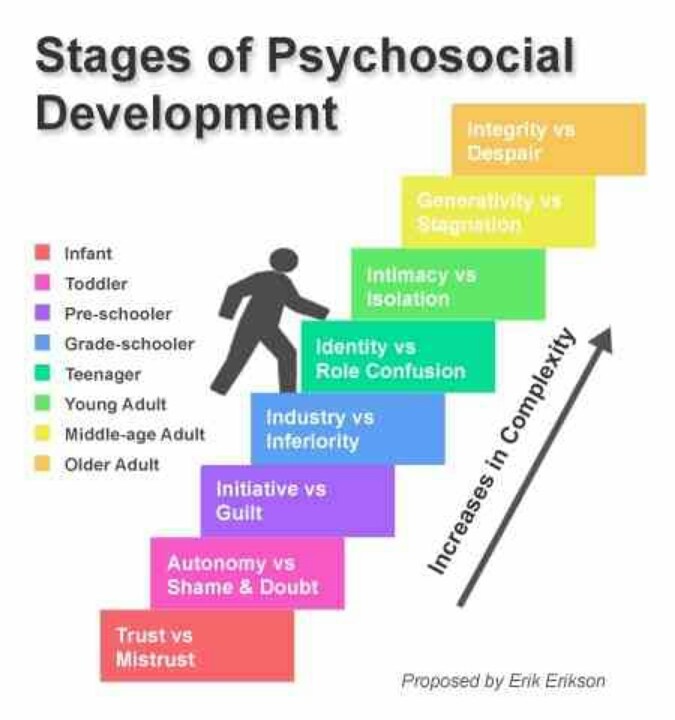
At the age of about three years, the child begins to perceive an adult not only as a member of the family, but also as a member of society with certain functions. The desire of the child to perform the same function contradicts his real possibilities. But this contradiction is successfully resolved through the game. Therefore, games for the development of children 3-4 years old play a crucial role and are the most important, leading activity. The content of the game at this age is associated with toys and substitute objects (a stick instead of a spoon, a cube instead of a typewriter). As a rule, children are limited to playing with one or two roles and a simple plot. The participation of an adult as a partner significantly enriches the game, and therefore stimulates the mental development of the baby.
The development of speech in children aged 3-4 years is one of the most significant aspects of the overall development of the child. At this age, there are significant individual differences in the development of speech functions.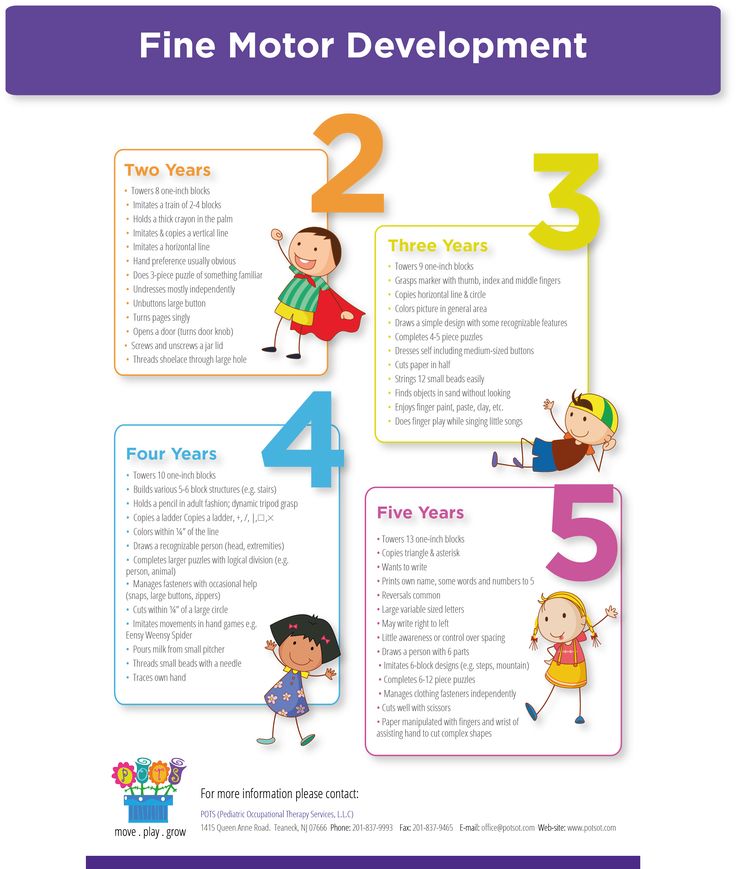 The speech of one three-year-old child can be detailed, coherent, grammatically correct. The speech of the other is not clear enough due to defects in sound pronunciation, consisting of simple phrases. Unfortunately, at present there are many children who, by the age of three, practically do not speak actively. It is important for parents to remember that speech turns, vocabulary will be formed in the child mainly from the speech that he hears in his environment, in the family. Talk more with your child, describe everything you see, read books with him. Even if your baby does not speak yet, all this fills his passive vocabulary, improves understanding of addressed speech, and stimulates the development of thinking.
The speech of one three-year-old child can be detailed, coherent, grammatically correct. The speech of the other is not clear enough due to defects in sound pronunciation, consisting of simple phrases. Unfortunately, at present there are many children who, by the age of three, practically do not speak actively. It is important for parents to remember that speech turns, vocabulary will be formed in the child mainly from the speech that he hears in his environment, in the family. Talk more with your child, describe everything you see, read books with him. Even if your baby does not speak yet, all this fills his passive vocabulary, improves understanding of addressed speech, and stimulates the development of thinking.
"Little Why Why" is just about children from three to four. Often the questions come one after another, and it seems that the child is not very interested in your answer. But it's not. Just because of the instability of attention, it is difficult for a child to listen to a long, often incomprehensible answer from an adult. Try to keep the explanations short and simple. It’s good if you manage to reinforce them with a drawing, an experiment, etc. And of course, you can get acquainted with many of the phenomena that interest children on our website in the “Science” section.
Try to keep the explanations short and simple. It’s good if you manage to reinforce them with a drawing, an experiment, etc. And of course, you can get acquainted with many of the phenomena that interest children on our website in the “Science” section.
A child of three or four years is active, restless. The physical development of children 3-4 years old can be assessed by how confidently the child walks, goes down and up the stairs with variable steps, runs, throws the ball over his head and grabs it when the ball rolls. How can he keep his balance? Usually, children of this age enjoy swinging on a swing, which positively affects the development of the vestibular apparatus and physical development in general.
A child of this age knows a variety of actions with objects, knows a circle, a square, a triangle, combines objects according to their shape, compares them in size (length, width, height), knows the main ones (blue, red, green, yellow) and some additional colors.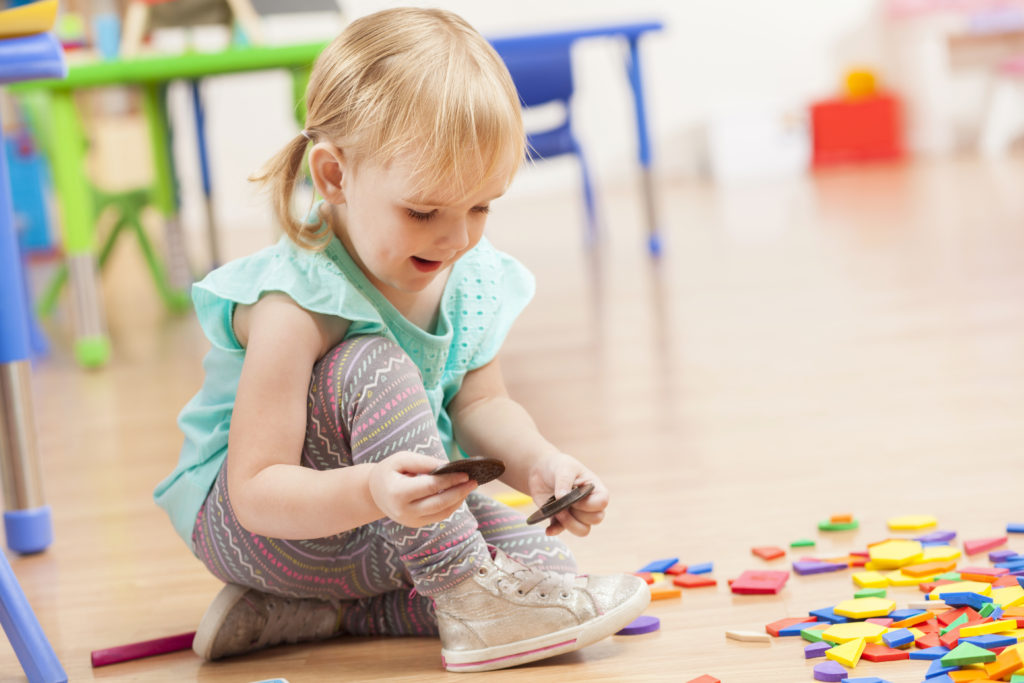 He actively masters the techniques of self-service and hygiene. With pleasure independently repeats the mastered actions, is proud of his successes.
He actively masters the techniques of self-service and hygiene. With pleasure independently repeats the mastered actions, is proud of his successes.
Visual-effective thinking continues to develop actively in children. Kids love to make toys and pictures from several parts, collect nesting dolls, pyramids, insert frames, which is very useful for the development of fine motor skills for children 3-4 years old.
The attention of children 3-4 years old is unstable, the child quickly switches from one activity to another. The development of children's attention at 3-4 years old follows the path of forming its arbitrary forms. Tasks in which it is necessary to compare objects, find the same from several similar ones, pick up a patch for a rug, etc. contribute to the development of attention. In addition, listening to short tales, stories, songs, and accessible musical works trains children's attention well.
The memory of a child of 3-4 years old is involuntary, figurative.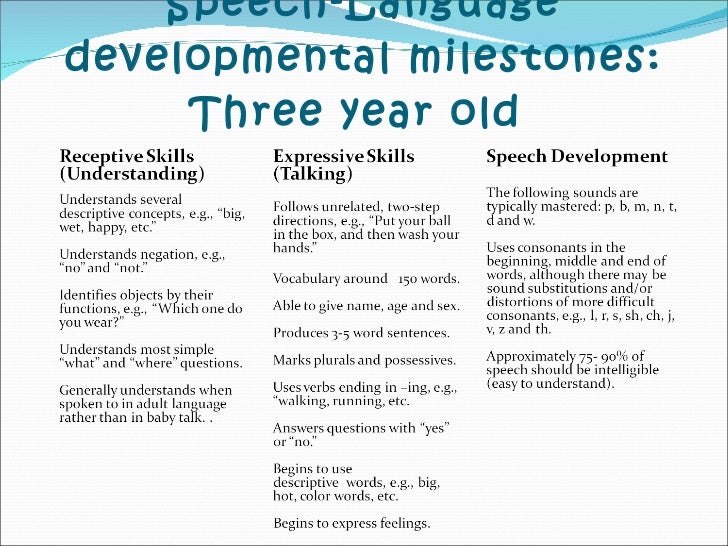 Recognition prevails, not memorization. Only that which was directly related to the activity, aroused interest and was emotionally colored, is well remembered. But what is remembered, remains for a long time.
Recognition prevails, not memorization. Only that which was directly related to the activity, aroused interest and was emotionally colored, is well remembered. But what is remembered, remains for a long time.
Games for the development of children 3-4 years old, which are presented on the Razumeykin website, are compiled taking into account the listed age characteristics and the main tasks of the child's development. We hope that they will help children to get a new exciting experience and will contribute to their harmonious development.
Did you like it? Share with friends:
Online classes on the Razumeikin website:
-
develop attention, memory, thinking, speech - namely, this is the basis for successful schooling;
-
help to learn letters and numbers, learn to read, count, solve examples and problems, get acquainted with the basics of the world around;
-
provide quality preparation of the child for school;
-
allow primary school students to master and consolidate the most important and complex topics of the school curriculum;
-
broaden the horizons of children and in an accessible form introduce them to the basics of various sciences (biology, geography, physics, chemistry).
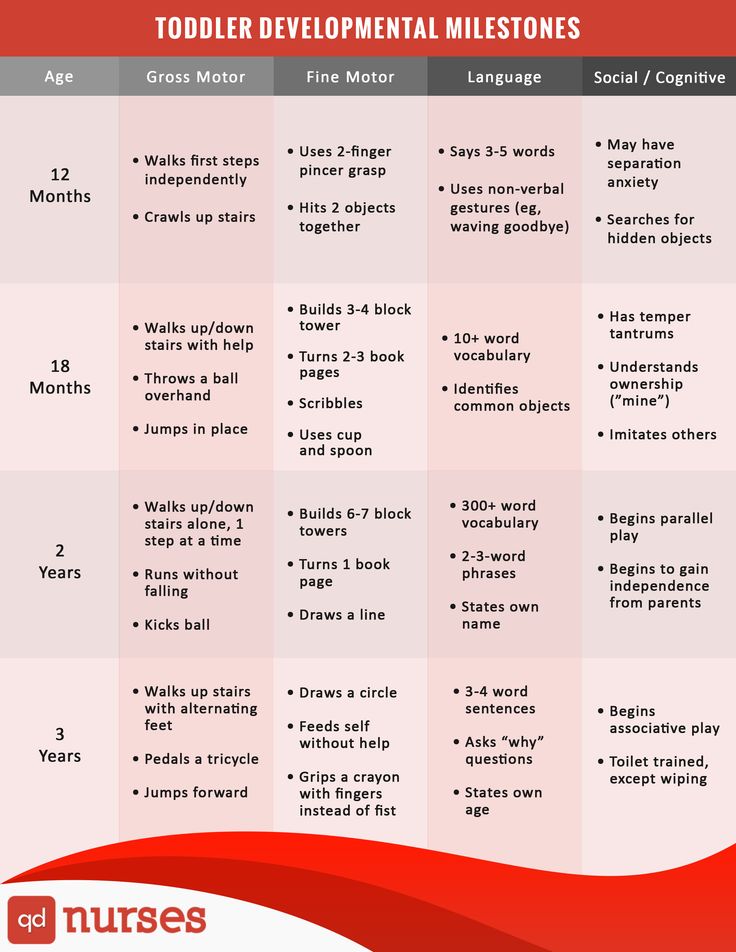
Child development from 2.5 years to 3 years of life: what a child should be able to do
What does the development of a nearly three-year-old child look like? What should he do and what skills should he develop? The child listens with pleasure to fairy tales or those stories that parents tell in their own words, showing pictures in the book. The child perceives what he hears emotionally. His imagination develops, and all the fairy tales with monsters told at bedtime can cause anxiety and even insomnia in the baby.
Dry initial milk formula adapted by Valio Baby 1 NutriValio for feeding children from birth to 6 months Read more
Follow-up dry milk formula adapted by Valio Baby 2 NutriValio for feeding children from 6 to 12 months More
Dry milk drink "Baby milk" Valio Baby 3 NutriValio for feeding children over 12 months Read more
A child from 2 years and 6 months to 3 years: what should he be able to do?
- At this age, a child should already be able to introduce himself, know his name, and answer the question “what is your name”.
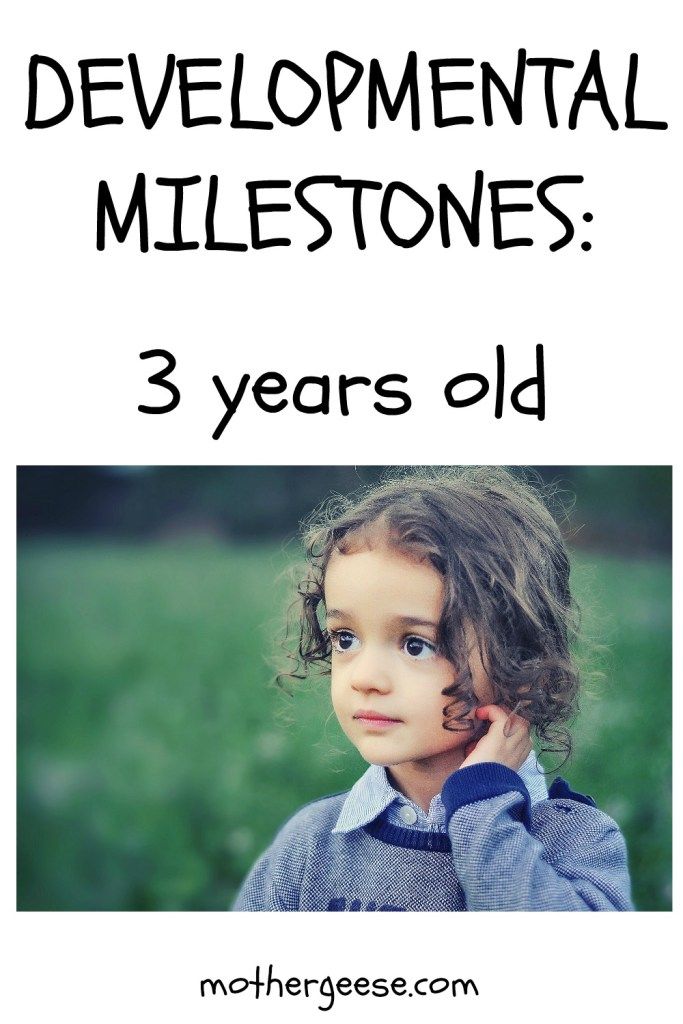
- An almost three-year-old child should know the names of body parts and simple objects in his immediate environment - a chair, a mug, a bed, a ball, etc.
- A three-year-old child already knows about 1000 words, from which he must make short sentences - "I want to drink", "give the ball", etc. The task of parents is to encourage the child to speak as much as possible. For example, when walking down the street, a child needs to point to various objects and say their name - a car, a bird, a cat, a tree.
- Able to climb stairs, placing feet alternately, descend stairs step by step.
- Can kick, throw and catch the ball.
- Rides a tricycle.
- Can go forward and backward.
- Gets dressed and undressed with the help of parents (confuses front and back of clothes, can put on tights back to front, etc.).
- Understands the meaning of the words "my", "his/her".
- Shows a wide range of emotions: sadness, anger, joy, boredom.
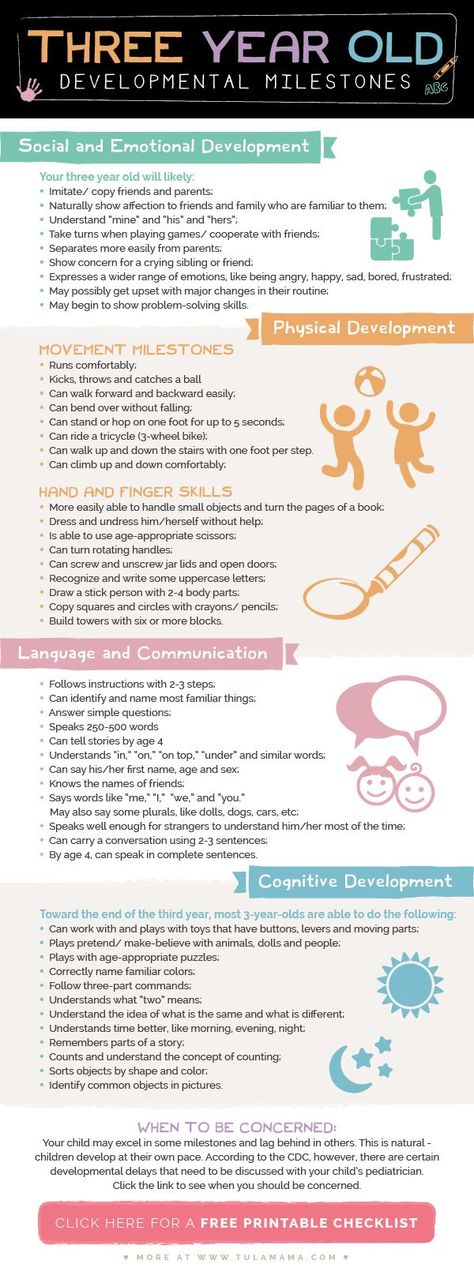 It is important that a positive mood background prevails.
It is important that a positive mood background prevails. - Knows how to name primary colors, separate shapes, compare two objects - more and less.
- The leading activity is a game, an adult is required to organize the game if there are several children. If the child plays one on one, then he can already offer his own plot of the game.
- Builds sentences of 3-4 words, completes two-step requests.
- Places cubes one on top of the other.
- Uses a spoon well, drinks from an open mug.
- Signals physiological needs.
There is no universal answer to the question of what a three year old should know. Some children at this age are already beginning to learn the alphabet, others still speak little, but it is worth paying attention if there is no significant progress in speech development.
Gross and fine motor skills develop rapidly. If your child is mobile, it is especially important to give him the opportunity to satisfy this need.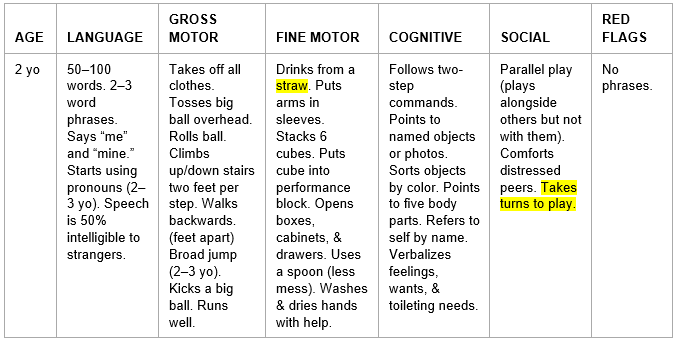
A three-year-old child begins to play with other children, remembers the child's name if he sees him often. It is difficult for children to play together for a long time, since the child is still egocentric, the whole world revolves around him, he understands only his own needs and desires, but not others. A kid at the age of 3 willingly helps his parents around the house, though only when he wants to.
Basic skills for a child from 2 years and 6 months to 3 years:
- The child is able to satisfy his own physiological and hygienic needs to a large extent with the help of adults.
- Some children already know how to dress and undress on their own, they know how, but do not like to do it themselves from beginning to end, they require help with buttons, zippers and laces.
- A child at this age already eats on his own, although it is still difficult for most children to eat the entire portion from beginning to end without the help of an adult; holds a spoon perfectly, holds a mug with two hands.
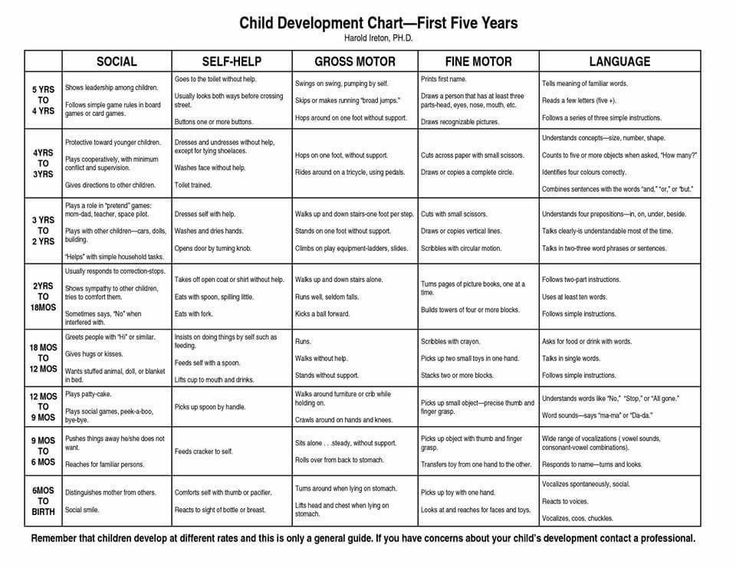
- A child at this stage of development can build short sentences and have a short conversation, but sometimes he stutters or repeats words (especially in emotional moments), this is worth paying attention to and contacting specialists.
- The child remembers more and more, knows his name and how old he is. Can learn a few short poems and songs.
- After a daytime sleep, the child may perceive the first half of the day as yesterday.
- Knows how to name primary colors, draws squares, circles, zigzags.
- Jumps freely, even on one leg, walks on all fours, runs.
- Gross and fine motor skills are improving and there is more motor activity, but the child cannot yet assess the risk to his life and health, so he can "extreme", showing his skills.
However, despite these already acquired skills, the child is still not resistant to fatigue, exercise and noise (hence the need for daytime sleep). Overexcitation of the nervous system prevails over inhibition, and the child needs daytime sleep in order to assimilate all the information that he received during wakefulness.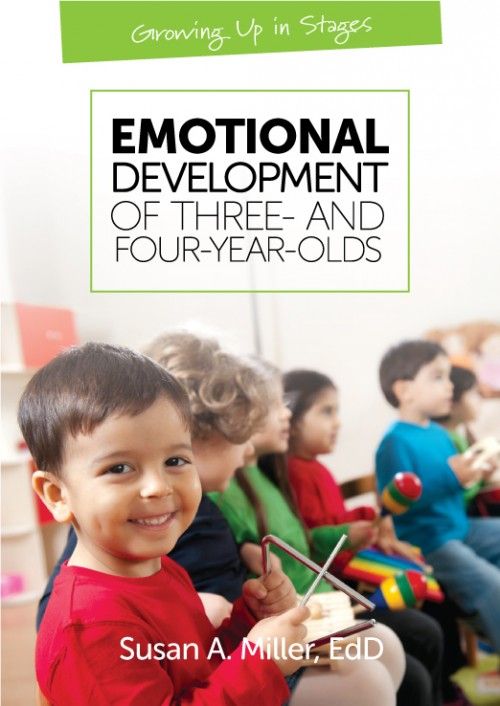
Child height from 2 years and 6 months to 3 years - norms for boys and girls
Growth rates during this period according to the World Health Organization (WHO):
- Girls: 92 to 98 cm.
- Boys: 94 to 99 cm.
Child weight 2 years and 6 months to 3 years - normal for boys and girls
Weight of the child during this period according to WHO data:
- Girls: 13 to 15.8 kg.
- Boys: 13.8 to 16.2 kg.
Around the age of 3, a child's intestinal flora is similar to that of an adult, but a three-year-old's tummy is still delicate. Studies show that 52% of children aged 1-3 years do not consume enough dietary fiber. It is worth taking care of a diet rich in fiber, which will positively affect the functioning of the baby's digestive tract.
Basic rules for feeding a child from 1 to 3 years:
- Feeding time, joint stay at the table should be joyful.

- It is better to choose bright and beautiful dishes.
- Allow the child to eat independently from their own plate with their own spoon.
- Help finish the meal when the child gets tired of eating on his own.
- Give me small portions and let me ask for more.
- Let's have the main dishes, and then the sweet ones.
- If the child does not want to eat, then it is worth checking whether he is hungry or not. Do not force feed.
- The child looks at the parents and imitates them. If you are a picky eater, chances are your child will be a picky eater too.
Mental development of a child from 2 years and 6 months to 3 years
The second and third year of a child's life is the time when the baby can discover his individuality and independence.
- The child begins to play role-playing games with other children, begins to share toys selectively (not all toys are ready to be played).
- Can show empathy through actions (hug, pet).
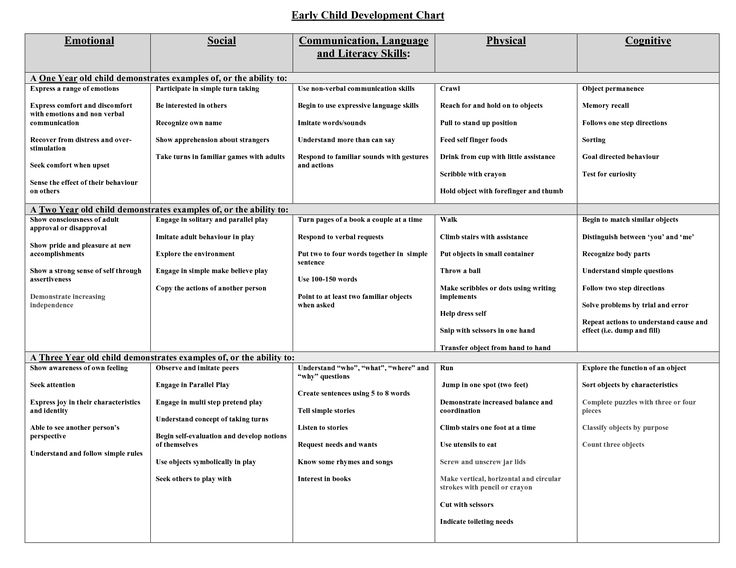
- The child's thinking is object-effective, therefore it is so important for the baby to touch everything with his hands and solve the tasks with the help of the experiment, the transition to figurative thinking is only being formed.
- The first fears appear, and as a rule, the first fear is the fear of the dark.
This is the period in which the peak of the "crisis of three years" falls. The increase in the independence of the child requires timely restructuring of relations from parents. The child begins to intensively psychologically separate from the parents.
During this period the child develops:
- Negativism - reacts sharply to the demands or requests of parents.
- Stubbornness - insists on what he himself has just proposed, demands that his opinion be taken into account.
- Obstinacy - ceases to do things that he used to do with joy, willfulness - "I myself!", This motto refers to what the child can do and to what he still cannot.
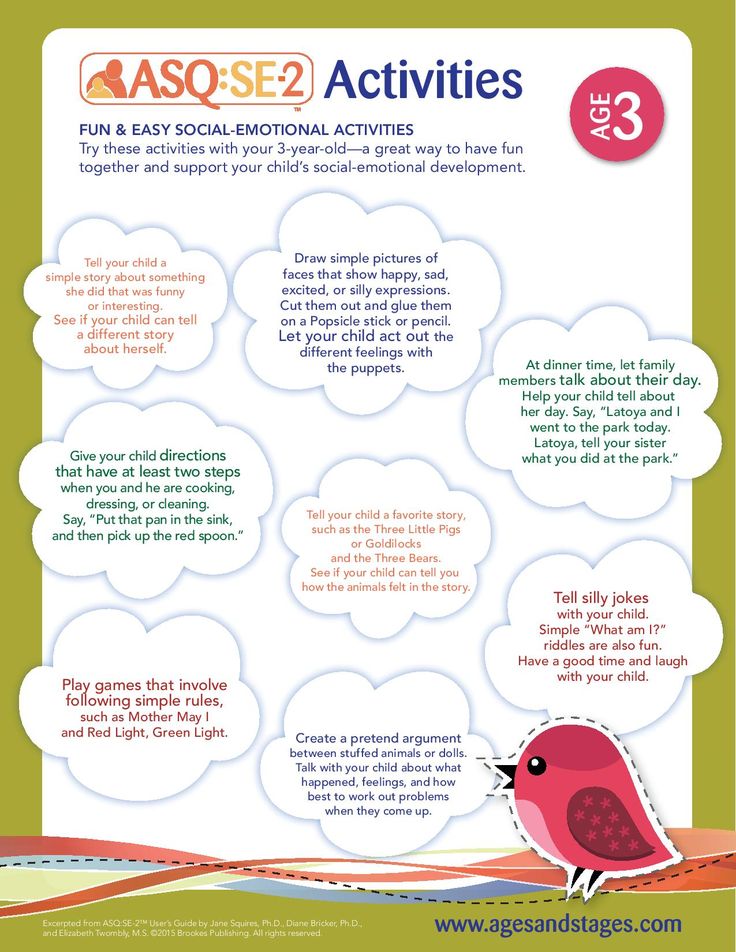
- Protest - he goes into conflict with everyone, insisting that his demand be met.
- Devaluation of what used to be expensive, favorite toys or a significant adult.
The child is also very emotional, cannot fully control his emotions. He needs adult help to calm down.
It should be remembered that this is the age when the child may have the first fear - fear of the dark, loneliness or monsters that he says live under the bed or in the closet. The child does not separate fantasy from reality, so fear is real for him. It is important that parents do not intimidate the baby additionally and pay attention to what cartoons the child watches.
Child care from 2 years and 6 months to 3 years
As the child grows, the range of his needs increases. It should be remembered that parents are a model of social behavior for their children, so it is important to support the mental development of the baby at every stage of his growing up.


